Sadha Dhania Jeera Powder (Coriander-Cumin Powder)
Recipe Credit: Darshana Muzumdar Makes 325 grams Ingredients 250 gms dhania (coriander seeds) 75 gms jeera (cumin seeds) Method Important Note: the coriander seeds should
Recipe Credit: Darshana Muzumdar Makes 325 grams Ingredients 250 gms dhania (coriander seeds) 75 gms jeera (cumin seeds) Method Important Note: the coriander seeds should
Potatoes are rich in carbohydrates and fibre and so very satiating. They have a wonderful variety of nutrients including proteins and have been used as an important ingredient in areas where people lack food and nutrition. Most of the nutrition is contained in the skin so keep it on to ensure you get the most benefit out of them. Moreover, the skin is also alkaline in nature helping keep the pH level in your body in a better condition. Apart from the fibre, especially in the skin, potatoes contain vitamins C and B6, niacin and folate, and minerals like potassium, manganese, magnesium and phosphorous, all of which help in maintaining sugar levels. They also contain compounds like flavonoids, carotenoids and phenolic acids, which are antioxidants that help to fight free radicals that can lead to lifestyle diseases. With all these benefits all we need to be careful about is not to add oil to our potato dishes as that ruins all the goodness that potatoes can give us.
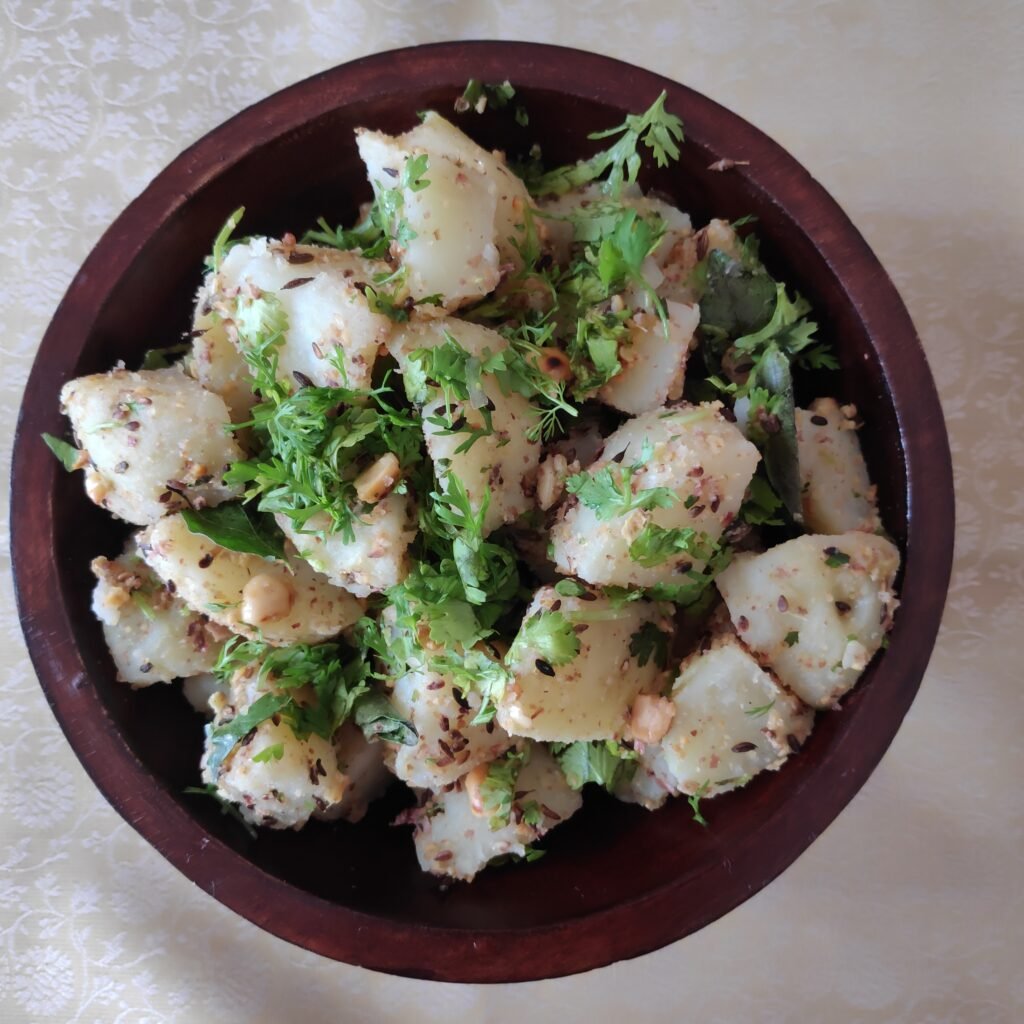
Potatoes are a versatile root vegetable and a staple food in many households and are packed with a variety of nutrients. Most of the nutrients are just below the skin so they’re better if cooked and consumed with the skin. Keeping the skin on not only ensures you receive the maximum amount of nutrients from the potato but the skins are also alkaline in nature and so aid in the healing process of the body.
Potatoes are rich in compounds like flavonoids, carotenoids and phenolic acids, which are antioxidants and help to neutralize potentially harmful molecules known as free radicals. When free radicals accumulate, they can increase the risk of chronic diseases like heart disease, diabetes and cancer. Colored potatoes like purple potatoes (not very common in India) can have three to four times more antioxidants than white potatoes. However, potatoes when fried or cooked with a lot of oil are pretty unhealthy, so it’s best to avoid French fries or fried potato dishes.

Curry leaves contain compounds that function as antioxidants that play an essential role in keeping your body healthy and free from disease. Antioxidants remove potentially harmful free radicals and suppress oxidative stress, a condition that’s associated with chronic disease development. They may help improve the fighting power of the body against cancer cells, as well as reduce the risk of getting heart disease and help improve the condition of the brain and its neurological system. Most importantly, it is said to be great for the growth of hair and to prevent graying. 🙂
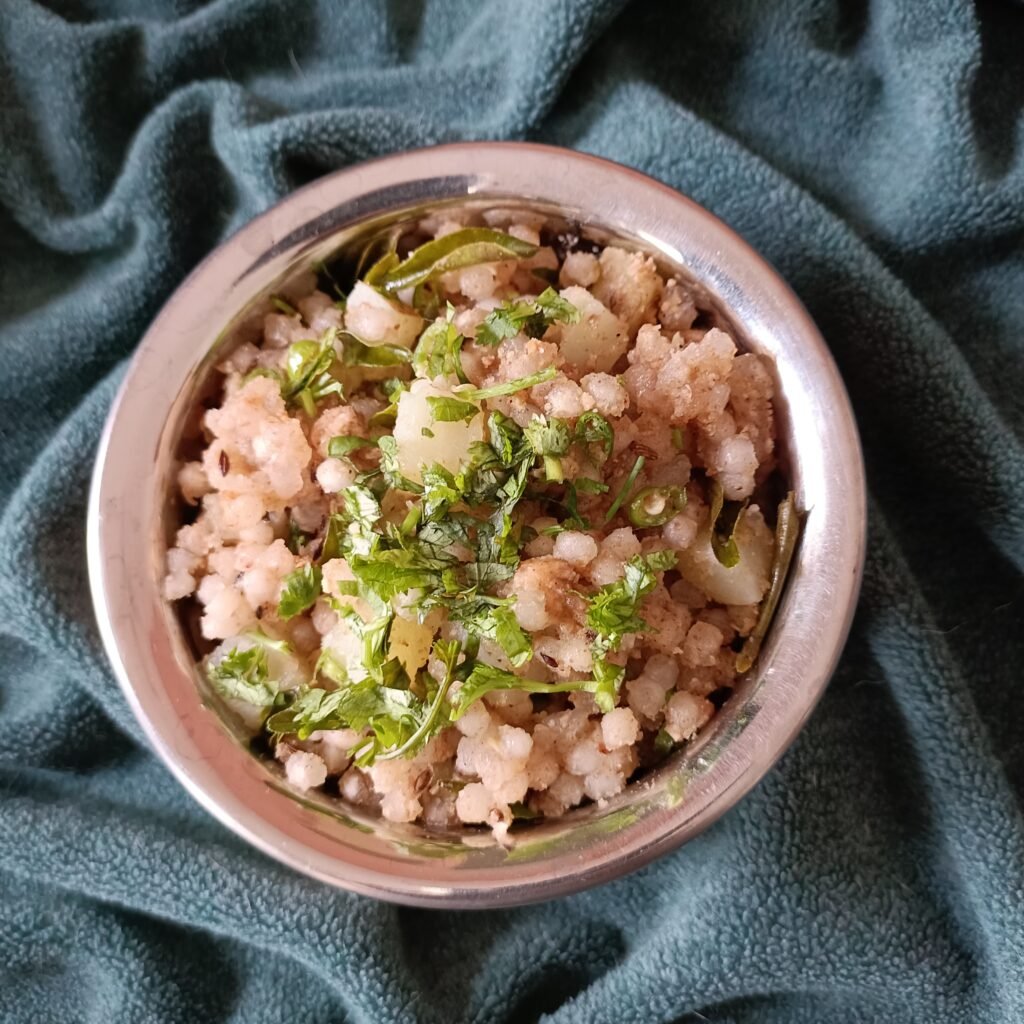
Sabudana is high in both calories and carbohydrates and is therefore an excellent source of quick energy. It’s great before a workout because it’s a wonderful source of energy and after a heavy workout as it delays fatigue. It is said to improve endurance too. Just make sure it isn’t made in a lot of oil. Because it is gluten free, it is good for people with Celiac disease as it doesn’t cause any discomfort like bloating, diarrhoea or stomach pain. In fact, the dietary fibre it contains helps digestion. It can help weight gain in a healthy manner if eaten in larger quantities. The high content of potassium in it may help improve heart health by flushing out sodium thus lowering blood pressure. As a great source of calcium, it is fed to babies over a year old to develop stronger bones and may also help prevent osteoporosis.
Peanuts are packed with healthy fat, high-quality protein, and potassium, phosphorous, magnesium, and B vitamins. Peanut skins also contain antioxidants. Peanuts are best eaten raw and not roasted.
Potatoes are rich in compounds like flavonoids, carotenoids and phenolic acids, which are antioxidants and help to neutralize potentially harmful molecules known as free radicals. Potato skins are alkaline in nature so it’s best to leave them on.
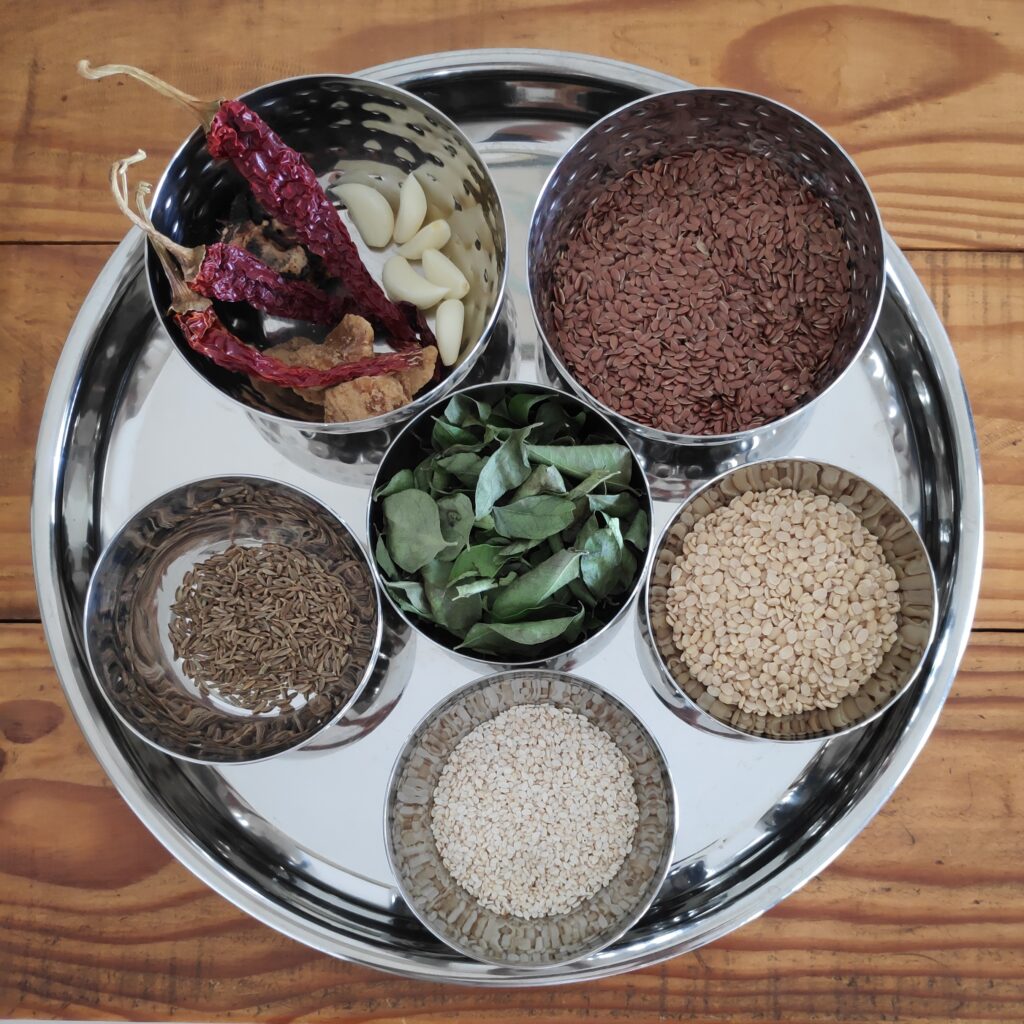
Flax seeds are tiny powerhouses of nutrition well known for their high content of omega-3 fatty acid alpha-linolenic acid (ALA), an essential fatty acid which means that your body cannot produce it and so you need to obtain it from the food you eat. It is important to grind the seeds before eating them as the oil is locked up inside the fibrous structure of the seed and it cannot be released when eaten whole.
Flax seeds also have high amounts of protein as well as soluble and insoluble fiber. Soluble fiber helps regulate blood sugar and cholesterol levels. It also promotes digestive health by feeding your beneficial gut bacteria. When mixed with water this soluble fiber becomes very thick and combined with the insoluble fiber content, flax seeds become a natural laxative, promoting good bowel movement, preventing constipation, and reducing your risk of diabetes. It’s recommended to drink plenty of water when eating these seeds because of their high fiber content. For people who are not used to eating a lot of fiber, incorporating flax seeds too quickly can cause mild digestive problems. These include bloating, gas, abdominal pain, and nausea. Chutneys are a great way to avoiding these problems as they are eaten along with a lot of other vegetables and pulses in our traditional Indian meals.
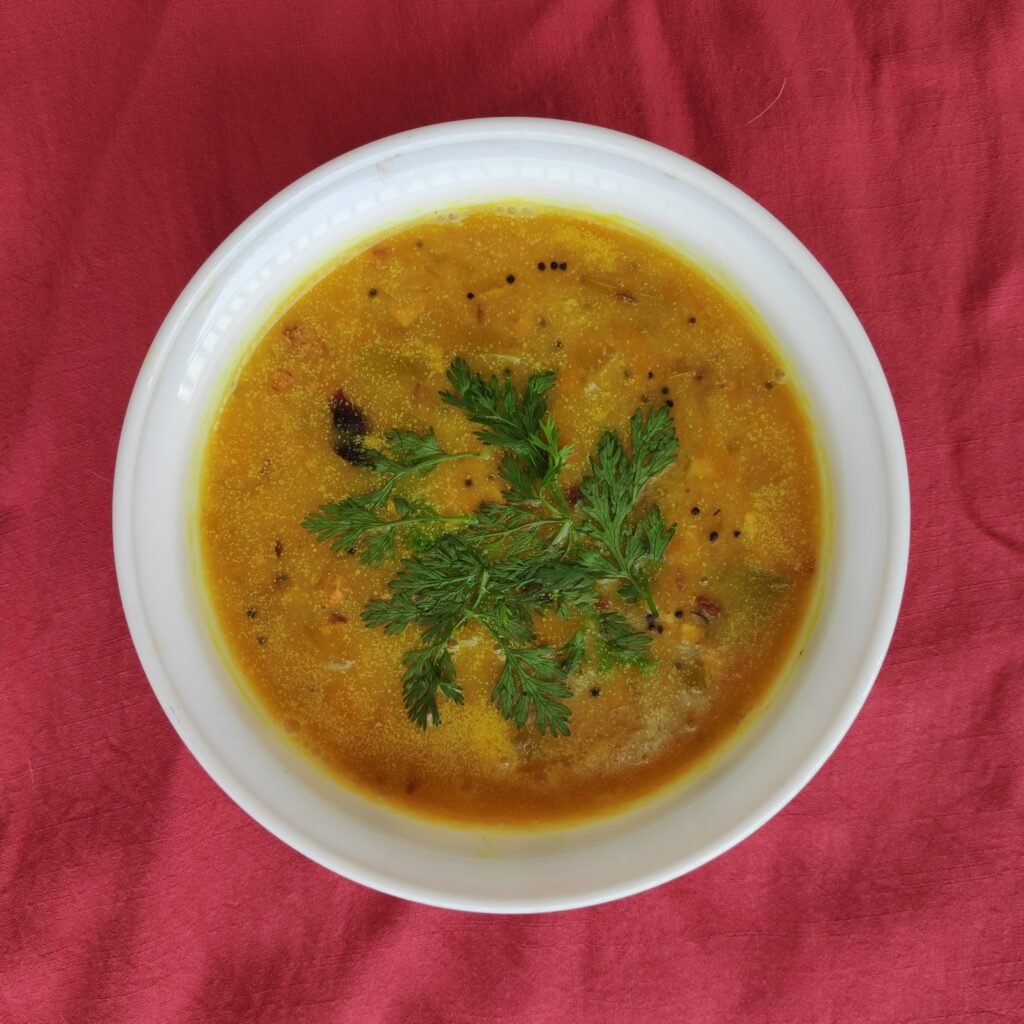
Raw mango is available for almost 5 to 7 months of the year and is a very versatile ingredient. It is used in preserves, chaats, chutneys, main dishes, and beverages. It is high in vitamin C, calcium, magnesium which is useful for releasing toxins from the body. Raw mangoes are also high in niacin, which helps boost cardiovascular health.

Wheat has been used in various forms, especially ground roughly or fine for centuries. Some people find it difficult to digest wheat because of the gluten in it. Wheat is easier to digest when eaten with a lot of vegetables that contain the fibre. Wheat contains relatively high amounts of protein, dietary fiber, carbohydrates and minerals like calcium. It also contains micronutrients like magnesium, phosphorus, potassium and B vitamins. Wheat kernels have three parts: the bran (outer layer), the germ (core of the kernel), and the endosperm (starchy middle layer). White flour is made by removing the bran and the germ leaving only the endosperm which contains only protein, carbohydrates, and a small number of B vitamins and minerals. The bran and germ layers that are removed are rich in fiber, B vitamins, antioxidants, phytochemicals, and minerals like iron, copper, zinc, and magnesium. Therefore, it is best to eat whole wheat than refined flour/maida as well as eat it with a lot of vegetables.
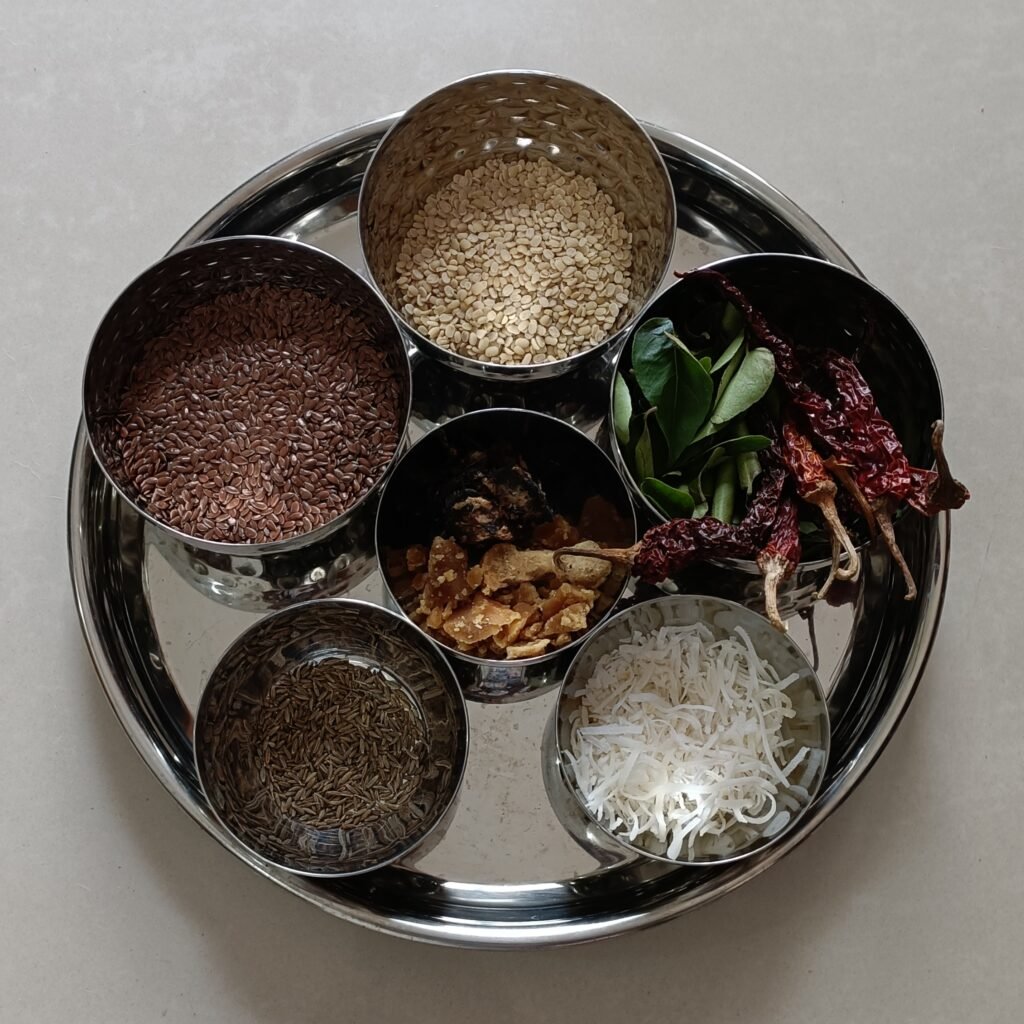
Flax seeds are rich in the essential omega-3 fatty acid alpha-linolenic acid (ALA). Flax seeds are usually ground before eating them to release the oil locked up inside the fibrous structure of the seed and which cannot be released when eaten whole.
Flax seeds also have high amounts of protein as well as soluble and insoluble fibre, which help regulate blood sugar and cholesterol levels and promote digestive health by providing the required food for beneficial gut bacteria. Flaxseed powder is often used to replace egg for its binding quality when mixed with water, and so it is recommended to drink plenty of water when one eats flax seeds. The proportion is usually 3 parts of water to 1 part of flax seed powder. This mixture is also a natural laxative.
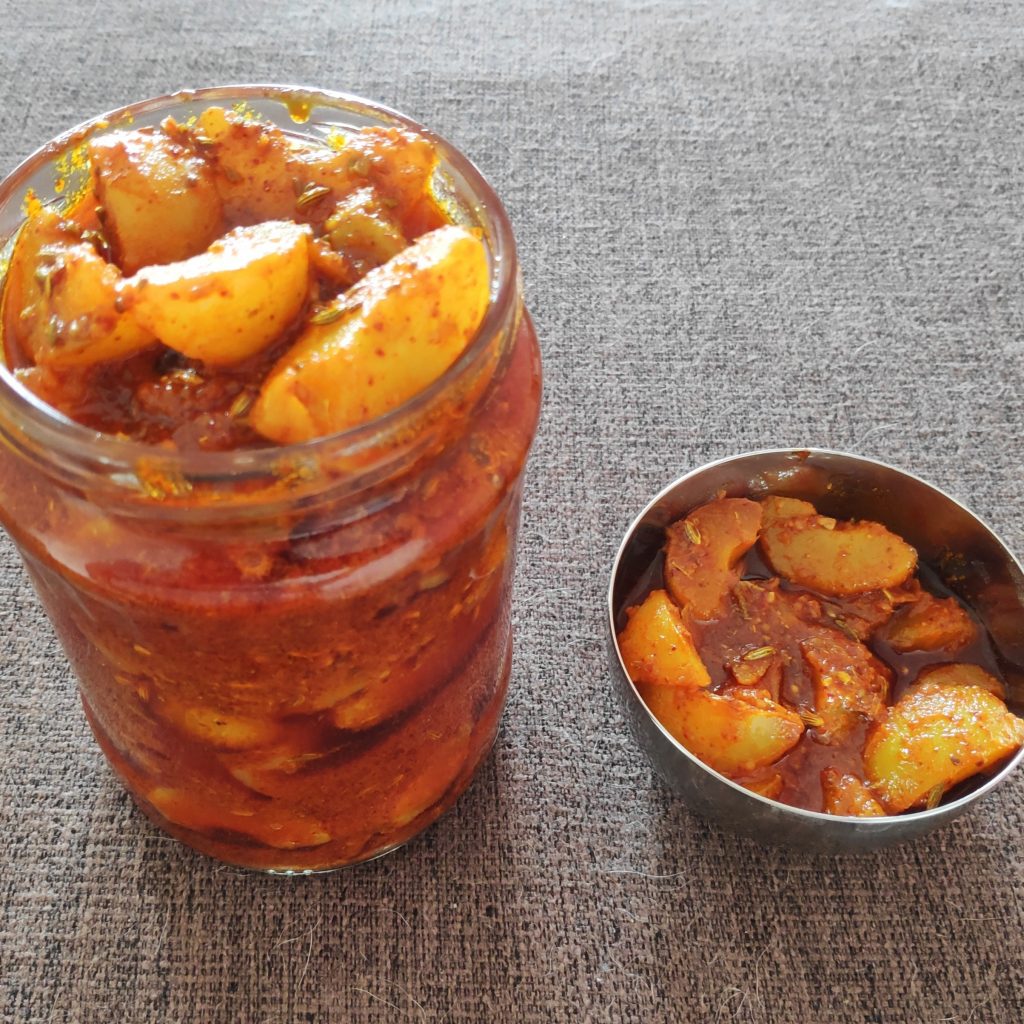
Amla, also known as Indian gooseberry, is a deliciously sour fruit that can be had in many ways. It can be eaten grated, cut into pieces, made into jams, added to smoothies, or dried and powdered. One of the most popular ways of getting the rich nutrients in it is through pickling it in oil, especially mustard oil. Amla is rich in vitamin C, which is a great antioxidant, and it retains this vitamin to a great extent even on cooking it. It is also rich in other vitamins and minerals that help maintain the shine in hair and makes your skin look radiant. It has numerous anti-ageing properties and is said to be a super food for cancer patients as it kills cancer cells but leaves normal cells alone. It helps in reducing cholesterol levels, inflammation and aids blood thinning as well as reduces artery stiffening. It also helps in reducing nausea, bloating, belching, and acidity, decreases the stress on the heart, and helps reverse diabetes. So, it is a great addition to your diet.
Ajwain, yellow mustard, methi seeds, and turmeric are all very beneficial for health as they are said to aid in relieving indigestion, help reduce cholesterol, fight bacteria and fungi, combat peptic ulcers and cough, and are anti-inflammatory.
Known for its strong flavor, pungent aroma, and high smoke point, it’s often used for sautéing and stir-frying vegetables in many parts of the world especially in West Bengal in India. Pure mustard oil has a high smoke point and comprises mostly of monounsaturated fats, which are more resistant to heat-induced degradation than polyunsaturated fats. Some studies have found that mustard oil possesses powerful antimicrobial properties and may help block the growth of certain types of harmful bacteria and fungus and is sometimes applied to the feet to help heal cracked skin on the heels. It may also slow cancer cell growth and is said to help heart health because of the high content of monounsaturated fatty acids in it, a type of unsaturated fat found in foods like nuts, seeds, and plant-based oils. But after all, it is still an oil and is not advised on a Whole-Food Plant-Based diet, so it is best to have it in very limited quantities and only occasionally.